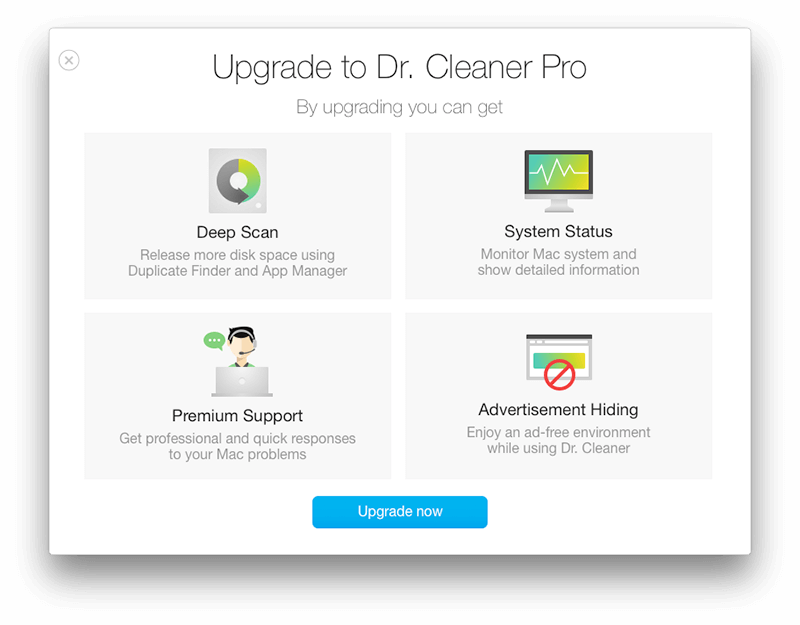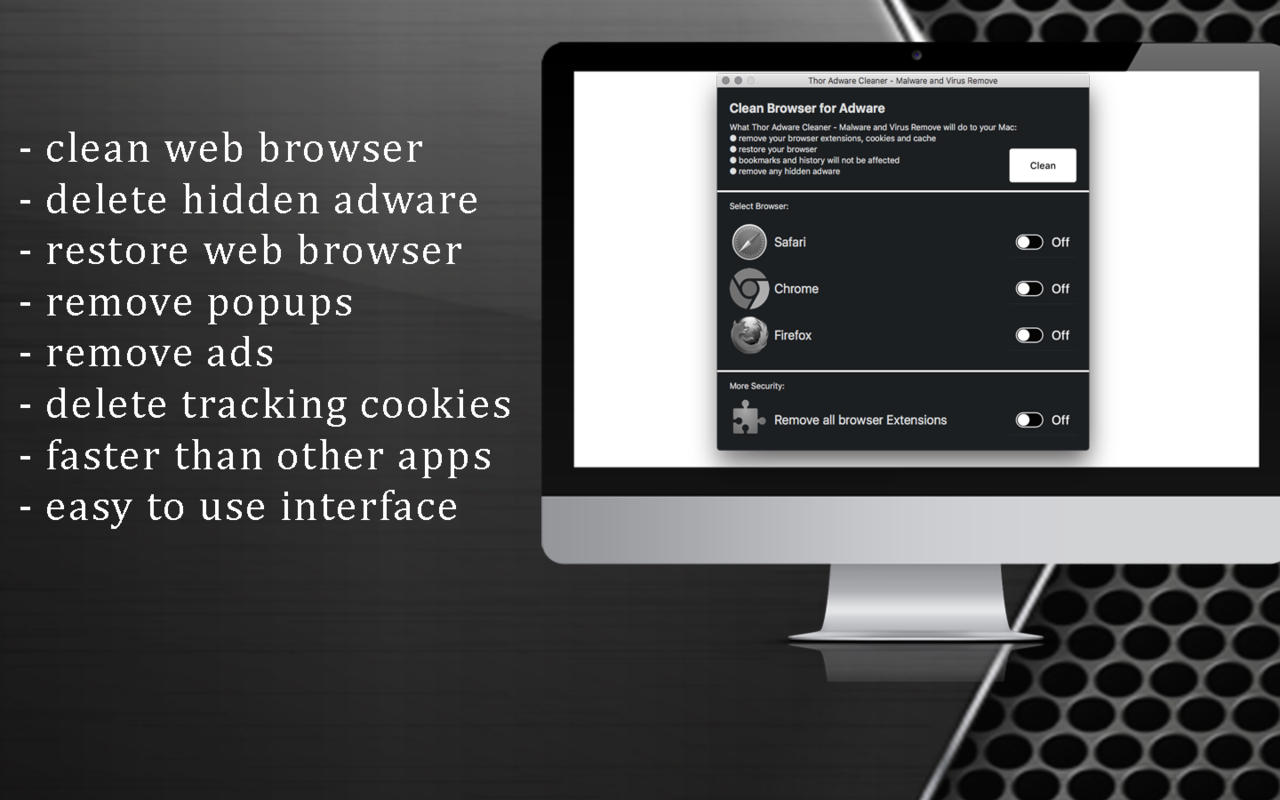

- MAC ADWARE CLEANER DELETE HOW TO
- MAC ADWARE CLEANER DELETE INSTALL
- MAC ADWARE CLEANER DELETE SOFTWARE
- MAC ADWARE CLEANER DELETE FREE
- MAC ADWARE CLEANER DELETE MAC
MAC ADWARE CLEANER DELETE MAC
Is Mac Adware Cleaner a Virus?ĭespite the irritating tendency to show an intrusive pop-up when a user is online, Mac Adware Cleaner cannot be called unsafe one. It is better to get rid of the Mac Adware Cleaner if you have any doubts regarding its competence. Of course, the probability your Mac will “die” of those offered harmful content is low, but you should watch out. However, curious people may face certain problems.
MAC ADWARE CLEANER DELETE FREE
Unless a user opens them, the computer is safe and free of malware. The messages initiated by Mac Adware Cleaner may include specific risks. Except for the important updates, Mac’s built-in modules do not push app in such an intrusive way.
MAC ADWARE CLEANER DELETE SOFTWARE
Being one of those “Recommended Download” notifications itself, the software may provoke such pop-ups pretty often. It all begins once the user sees “Install Mac Adware Cleaner now to protect your Mac device from malware, adware and other security threats.” This message sounds kind of attractive to many Apple computer owners who are searching for the ways to safeguard their devices.Įven though Mac Adware Cleaner is not a virus itself, it may cause plenty of discomforts. It is a legit, legal application, which, however, does not meet all the expectations. Mac Adware Cleaner is third-party software for Apple computers meant to protect the device from the potential adware and malware. What is Mac Adware Cleaner and Is It Safe to Use?
MAC ADWARE CLEANER DELETE HOW TO
Then, why would some people like to learn how to uninstall this app on their MacBook or Mac desktop?


That is why some people start using Mac Adware Cleaner. Sure thing, Apple computers are less affected by various types of malware and adware, but the chances still exist. That is how even tightly defended Macs get infected. Some users just cannot abstain from visiting potentially harmful websites or, what is worse, downloading dangerous content from the Internet. Adware, malware, viruses – all those things are a threat to your device. Now that Apple has revoked the developer certificate used to sign Mughthesec’s files, macOS will refuse to run the fake Flash Player installer, but a new version signed with another valid certificate can soon be pushed out.Developers call Mac Adware Cleaner one of the best ways to safeguard an Apple computer.
MAC ADWARE CLEANER DELETE INSTALL
If you’ve perhaps been saddled with other types of adware, delete that as well.įor those who haven’t been hit but want to remain adware-free, be careful what apps you download and install on your machine. If your computer has been hit with this variant of Mughthesec, delete the unwanted apps and the “Any Search” browser extension, and unload and delete the Mughthesec launch agent (~/Library/LaunchAgents/). Wardle posits that the malware is delivered to end user via malicious ads and/or pop-ups, and it all points to it being a newer variant of a previously flagged adware dubbed Safe Finder/Operator Mac. Naturally, to “fix” them, the user has to pay.

The result of the installation? A hijacked Safari homepage (made to point to a search page), an installed Safari extension (AnySearch) that changes the search engine in the Safari address bar, injected ads, and a panic-inducing alert by Advanced Mac Cleaner, which apparently found many issues affecting the computer. If not, it will reach out to a C&C server, and then ask the victim to install a fake, scammy utility app (Advanced Mac Cleaner), a piece of adware (Safe Finder), and browser hijacker (): The disk image was made to look like it was a Adobe Flash installer, and if it detects that it is being run in a virtual machine, it will install only a legitimate copy of Flash. Interestingly enough, both files were signed with the same valid developer certificate, which Apple revoked soon after Wardle’s analysis. Wardle even managed to get his hands on the adware’s original installer and tested it on VirusTotal. The sample analyzed by security researcher Patrick Wardle was not detected by a Mac AV solution, and it was lifted directly from an infected MacBook, after being spotted by a user. The malware has been dubbed Mughthesec, after the name of the app and the launch agent it installs on the target machine. The latest example falls more in the category of “potentially unwanted software” than outright “malware,” but it could easily be made to saddle users with more malicious threats. Mac malware is still a rare occurrence, so it’s no wonder that some of it can lurk, unnoticed for months, on random machines.


 0 kommentar(er)
0 kommentar(er)
